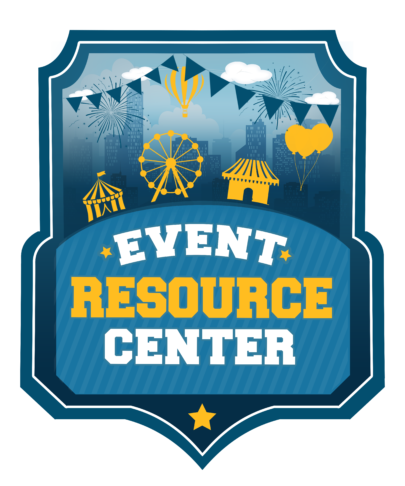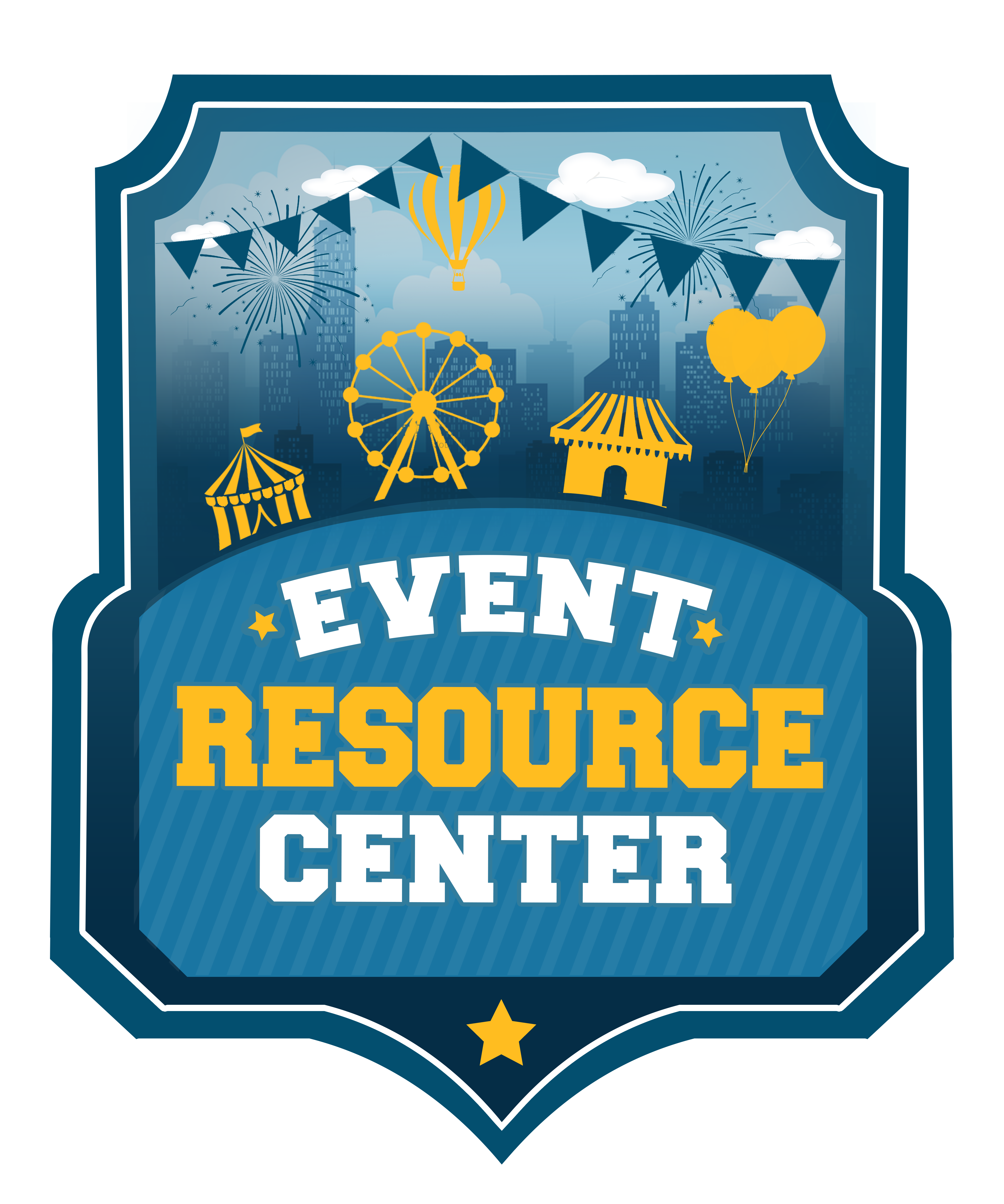Event Resource Center is the premier event rentals & services company focused on delivering the highest quality products & services to our customers and partners.


We provide event organisers and professionals with event rental and other event resources.
T (720) 907-4044
Email: [email protected]
Event Resource Center
2001 York St, Denver CO 80202